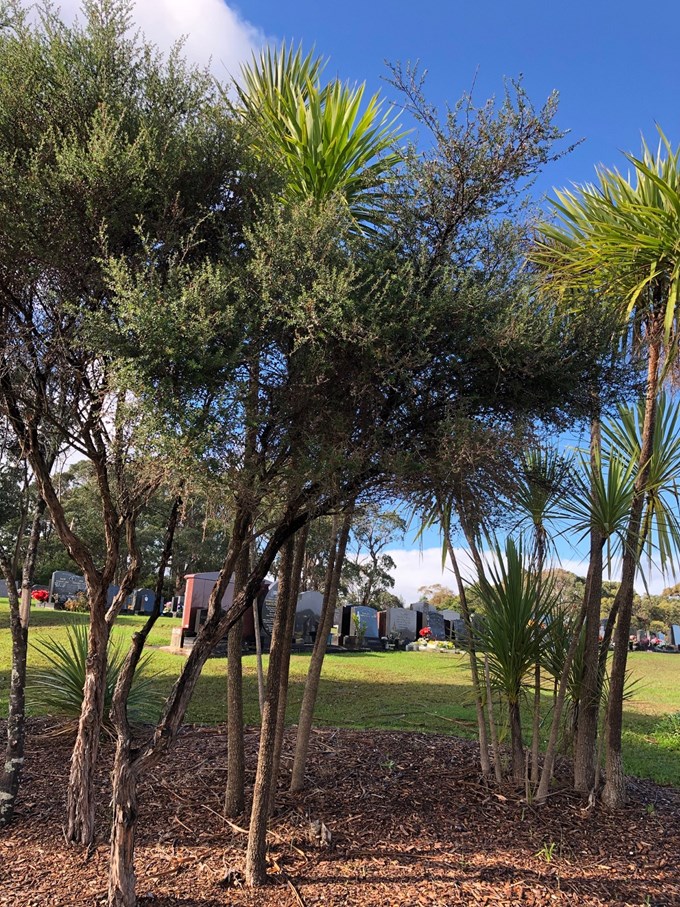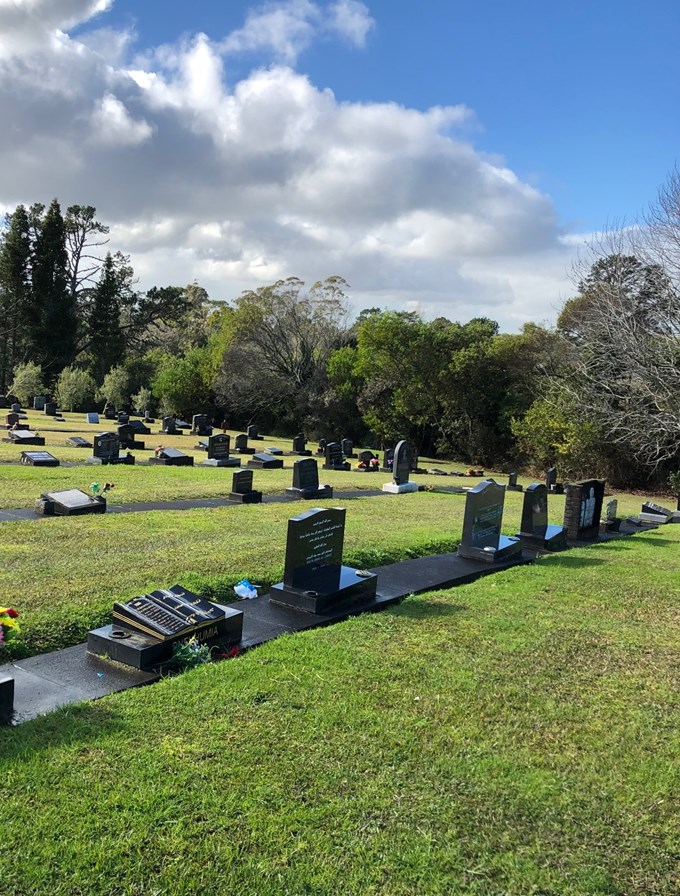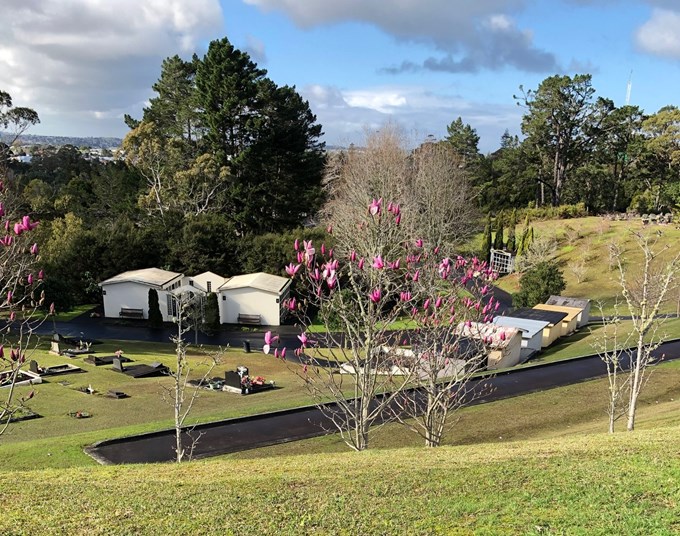For many of us, death can be a difficult topic – uncomfortable even.
However, for Sheree Stout, it’s her job.
As head sexton at Waikumete Cemetery, she sees herself as one of the “caretakers of the deceased,” dealing with everything from burials to cremations to service requests that sometimes ensue long after a loved one is farewelled.
When asked how the role of sexton has changed over the years, she says it’s still about putting people into graves and that hasn’t changed at all. What has changed is the tools of the trade.
Hand digs are rare, with diggers now doing the majority of the digging, and there’s a lot less walking about the 108 hectares as ATVs trawl the lanes with tools in tow.
Waikumete is New Zealand’s largest cemetery. Here you’ll find the Erebus Memorial, the country’s largest war grave and cenotaph, an urupā, graves holding the bodies of those who died in the 1918 influenza epidemic, and 12 different denominational sections.
“I get to help a lot of families,” says Sheree, “it makes me appreciate life, the family I’ve got and makes me very grateful for what I have. If anything, it makes me more accepting of death when it comes; it’s a process and that’s the way I look at it.”
“I work closely with funeral directors to ensure a burial or cremation is handled professionally, with compassion and understanding,” she says.

It’s not all doom and gloom though. Sheree has a collection of entertaining stories, stories about headstones having to be covered in family plots because of feuding relatives; or the home handyman who makes a casket on the bed; the casket that turns up on the back of a truck; they all give her a good chuckle but often come with operational constraints.
When asked about the choices people are making when it comes to funerals Sheree says, “People have changed; more people are choosing cremation over traditional burial methods although Auckland’s more diverse communities means choices are often dictated by religious requirements, meaning the ratio of burials to cremation is still quite even compared to the national average while eco-burials are starting to take off.”
She dispels the urban myths around cremation – no, a body doesn’t burn to ash; the remaining bones are “cremulated” (blended), no, only one body is ever cremated at a time.
Sheree challenges the old cliché of 'six foot under'. “That’s an Americanism.” she says, “Their coffins have raised lids whereas most here in NZ are flat, meaning we only have to bury 5’6” deep.”
When asked if there were any haunting tales in the cemetery, Sheree smiles and shakes her head
“I get asked a lot, do you see ghosts, do you feel a presence of people that have passed? I’ve never seen a ghost; I’d be quite open to it if I did. I do feel like I’m not alone here and that’s a nice feeling.”
Did You Know?
- Waikumete Cemetery is New Zealand’s largest - 108 hectares – Symonds Street is Auckland’s oldest
- Between June 2018 and July 2019 there have been a total of 2,631 cremations, 1,624 burials and 1,067 ash burials at Auckland cemeteries
- The cremator temperature is 770 degrees minimum to cremate but can climb to 1300-1400 degrees Celsius
- The average individual takes an hour and a half to cremate based on age and weight and up to three hours for larger individuals.



